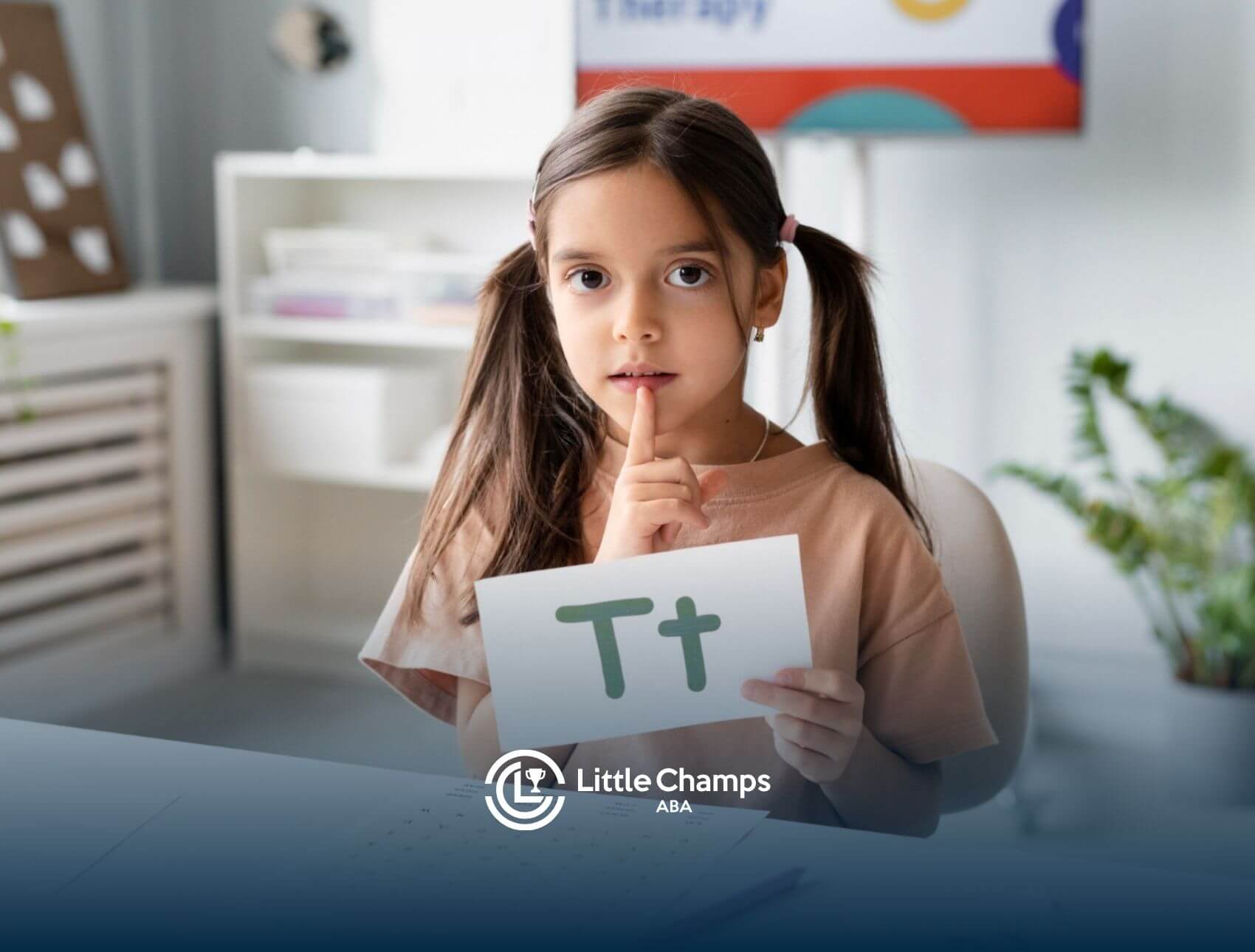
Autism is a spectrum disorder, meaning it affects individuals differently. While some autistic children are nonverbal, many others are minimally verbal, use assistive communication tools, or speak fluently.
According to the Centers for Disease Control and Prevention (CDC), about 25-30% of children with autism are minimally or nonverbal, but that doesn’t mean they don’t communicate in meaningful ways.
Dr. Catherine Lord, a leading autism researcher, explains:
“Language development is complex in autism. Some children start talking later, and others find different ways to express themselves—through pictures, gestures, or devices.”
Parents may worry if their child isn’t speaking by a certain age, but speech is only one part of communication. Some children develop verbal skills over time, especially with support like speech and ABA therapy or alternative communication methods such as PECS (Picture Exchange Communication System) or AAC (Augmentative and Alternative Communication).
Importantly, being nonverbal doesn’t equal low intelligence. Many non-speaking autistic children understand language and can thrive with the right support.
At Little Champs ABA, we believe every child deserves the tools to express themselves.
We offer personalized ABA therapy at home, in school, and at daycare settings.
We also provide telehealth ABA services to support busy families.
Contact us today to learn how our ABA services in Colorado and Utah can support your child’s communication journey.
FAQs
1. Can a nonverbal child with autism learn to speak?
Yes. With the right interventions, some children develop verbal language over time.
2. What are alternative ways autistic children communicate?
They may use gestures, sign language, communication apps, or picture systems.
3. Is being nonverbal permanent?
Not always. Some children start speaking later, while others may rely on non-verbal communication throughout life.


